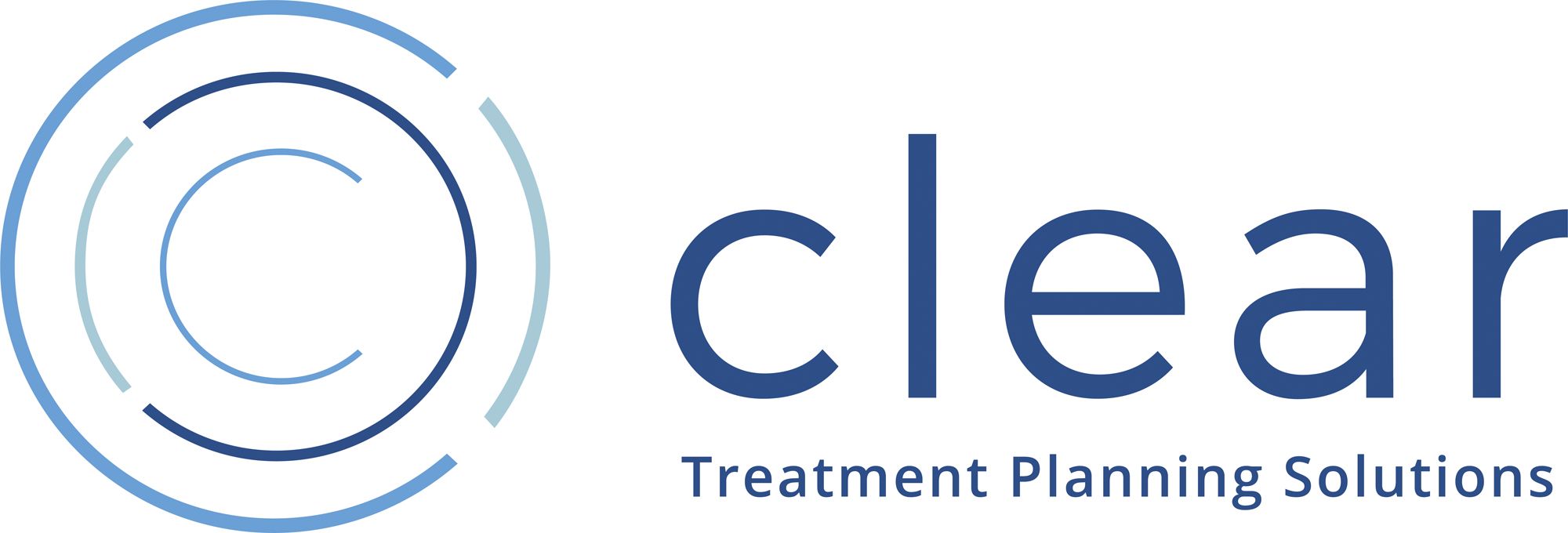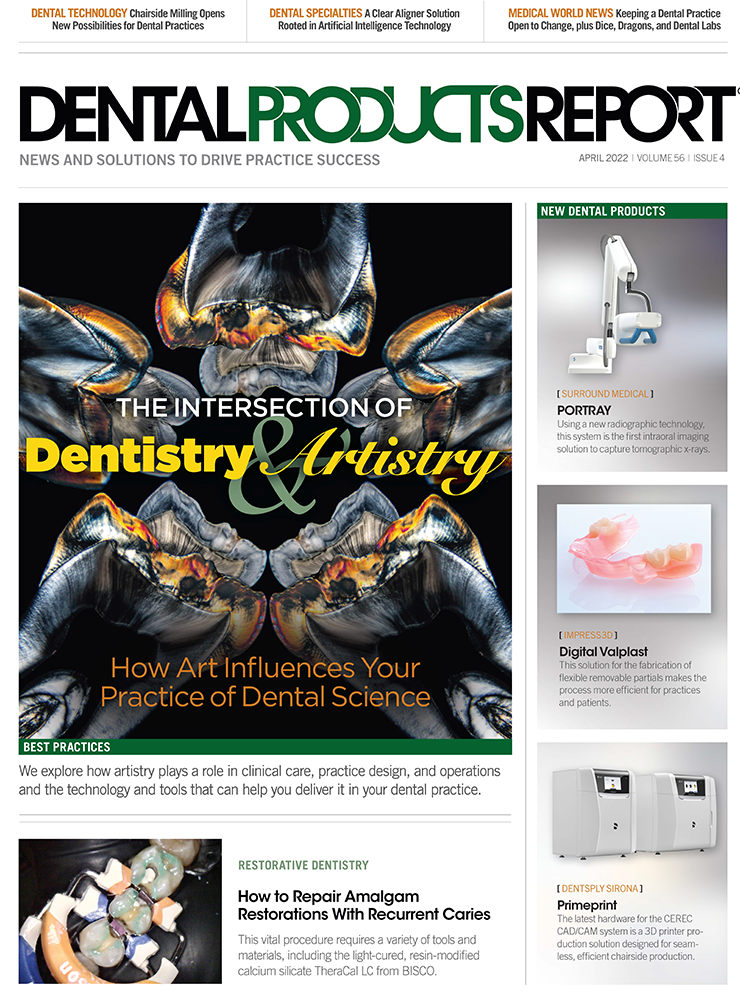When asked to list the most impactful treatment modalities in modern dentistry, 3 come to mind: predictable adhesive bonding, implant-based restoration, and clear aligner therapy. This article is about aligner-based orthodontics.
The proverbial 800-lb gorilla, Invisalign® launched into market in December 1999. It is exponentially the largest clear aligner manufacturer in the market and the product I choose for my patients. That said, a growing list of competitors have followed suit, launching their product lines into the marketplace while competing for the attention of both doctors and patients.
Clear TPS® was founded in 2012 with a vision of providing consulting services for doctors who use clear aligner therapy to treat orthodontic patients. TPS stands for “treatment planning solutions.” Its value proposition is based on the fact that clear aligner manufacturers are primarily in the business of manufacturing and selling aligners to their customers. At a rudimentary level, some of the manufacturers also provide treatment plan proposals. However, case setup, treatment outcomes, necessary refinements, and an ultimate, objective measure of success hinge on several factors, including clinician experience, orthodontic training, a clear understanding of potential case complexities, clear aligner continuing education and mentorship, a doctor’s ability to evaluate and adjust the mechanics and staging of a treatment proposal, and, of course, outcomes like patient satisfaction, expediency of treatment, and practice return on investment.
Clear Treatment Planning Solutions
Clear Treatment Planning Solutions is designed to bridge the gap between clear aligner companies and clinicians to make the clear aligner process easier and more streamlined. These treatment planning services are powered by strong communication, making consultation between clinician and company more open. Clear TPS promotes better case outcomes and cost savings across the board.
Clear TPS
cleartps.com
Clear TPS seeks to bridge the void of diagnosis and treatment planning in the manufacturer-doctor relationship. Its model includes intimate onboarding of a client doctor for case submission (a mechanism of enabling the Clear TPS consulting doctor to take over the treatment proposal and refinement process for a given manufacturer) and an active dialogue during case setup and staging to the consultant’s satisfaction. Once the refined proposal is ready for doctor approval, Clear TPS will communicate with the doctor to set up a preapproval consultation to answer any questions and elaborate as needed on the treatment plan.
Clear TPS is exceptionally well positioned to provide expert consulting toward improving the entire doctor-patient experience involving clear aligner therapies. It has key individuals serving in the leadership and operational roles, including doctors, developers, and advisers, some of whom are former key employees of the largest clear aligner manufacturer.
To appreciate the need for clear aligner consulting services, we need only to look at the history and projected scope of the market. To date, Invisalign has been used in over 11 million cases globally, a whopping 2.7 million in 2021 alone. Add to this sum, the cases treated with competitors like ClearCorrect®, SureSmile®, Spark®, Reveal®, Angelalign®, ArchForm®, OnyxCeph®, Arcad®, and Orchestrate®—for all of which Clear TPS provides consultation services. Alas, the arrival of direct-to-consumer (DTC) clear aligners to the marketplace has also served to dramatically increase awareness across the population. While DTC treatment options justifiably caused angst for doctors, as it turns out, the advertising exposure has led to an uptick in patients seeking treatment from trained providers.
It is easy to understand why the clear aligner industry is projected for 20% to 30% year-on-year growth. Now let’s consider the ever-expanding pool of providers. Experienced orthodontists who have years of training in the specialty make up a small fraction of the practitioner mix. The anticipated economic windfall from incorporating the treatments into general practice, coupled with the addition of basic training in most dental school curricula, has resulted in an explosion in less experienced general practitioners delivering most of the care. I firmly believe this model of service is great for our patients and the profession. There are countless benefits to improving the orthodontic condition of patients. From the functional, social, and psychological impact of improved occlusion, esthetics, and function, to improved periodontal health and maintenance related to straight teeth, and the correlation of that to systemic health, appropriate aligner therapy is one of the best services we can provide for our patients.
The notion that these services should be provided only by specialists is antiquated and defunct. That said, there is no doubt that providers with higher case counts, coupled with the experience from continuing education while observing their own good and bad outcomes, are less likely to encounter complications in treatment. This is because they are more prone to anticipate complications and plan treatment around them, and also to detect potential issues far earlier and make appropriate midcourse corrections.
Catapult Education doctors were asked to evaluate the services provided by Clear TPS. The evaluation was meaningful in the sense that we were not asked our opinion on whether a consulting service for clear aligner orthodontics “sounded like a good idea, or made sense.” To participate, we took our own patients scheduled to start orthodontics through the treatment pathway. A series of pre- and post-surveys were completed soliciting our opinions and observations. A recurring theme that emerged was the frustration with and the prevalence of treatment completion time delays. A staggering 75% of reviewers reported needing to order refinement aligners for over half of their cases. All doctors reported this as a barrier to starting more cases and a detriment to patient satisfaction and practice productivity. To provide a thumbnail sketch of the impact of unpredictable treatment timetables, we just need to simply look at practice overhead models. The typical US-based general practice runs at a $390/h overhead rate. Now imagine a 20-aligner case (the demarcation count between a moderate and comprehensive case as defined by Invisalign) is completed and the treating doctor and the patient celebrate the vast improvements from the starting point, yet notice a few areas that may not be tracking to the exact final outcome postulated.
When a refinement is initiated, it is not uncommon for the next package of aligners to range between 8 and 10 in count and for modifications in attachment count and interproximal reduction (IPR) adjustments to be prescribed. Suddenly, we have a second time-consuming impression or scanning appointment, another delivery appointment, plus several progress visits added to the overhead timetable. This includes unplanned chair time, auxiliary utilization, and all the other efficiency drains magnified even more in the post–COVID-19 era.
One can quickly see how profits may be eroded by the uncharged chair time related to the expanded treatment time. This doesn’t account for intangible costs like lowered patient satisfaction, loss of confidence, or delays in starting planned postorthodontic restorative treatment. What if doctors new to aligner therapy, as well as those with intermediate levels of experience (I put myself in this category, approaching triple-digit case counts) could streamline treatment, reduce aligner counts, eliminate refinement needs, and improve patient experiences and treatment outcomes while improving their bottom line? The case studies below highlight the impact of Clear TPS consulting for a few of my patients.
Case 1 – A 45-year-old man presents with a history of mucogingival recession, compromised attached gingiva, and free gingival grafting.
Figures 1a and 2a demonstrate side-by-side ClinChecks® of the initial treatment plan proposal as well as the final treatment plan after the Clear TPS consulting doctor took control of the doctor tools on the Invisalign portal to make necessary adjustments.
The adjustment notations include:
- Eliminated unnecessary expansion, which could have led to posterior open bite
- Eliminated unnecessary movement of second molars
- Reduced excessive IPR
- Improved occlusal contacts
- 20 stages reduced to 17
- Optimized attachment mix
- Avoided risk of buccal recession
Case 2 – A 60-year-old woman presented with retroclined anterior teeth; a tight, locked-in bite; restorative spacing discrepancy for a proposed #7 implant restoration; and general esthetic reveal disharmonies.
Figures 1b and 2b demonstrate side-by-side ClinChecks® of the initial treatment plan proposal as well as the final treatment plan after the Clear TPS consulting doctor took control of the doctor tools on the Invisalign portal to make necessary adjustments.
The adjustment notations include:
- Eliminated unnecessary expansion, which could have led to posterior open bite
- Eliminated unnecessary movement of terminal molars
- Improved occlusal contacts
- 28 stages reduced to 23
- Optimized the use of attachments
Case 3 – A 65-year-old woman presented with a recent history of unsuccessful orthodontics leading to anterior and posterior open bite with bilateral single contact occlusion on left-side second molars and right-side first bicuspids.
Besides the obvious functional and guidance issues, a general esthetic zone smile alignment was also desired.
Figures 1c, 2c, and 3c demonstrate side-by-side ClinChecks® of the initial treatment plan proposal as well as the final treatment plan after the Clear TPS consulting doctor took control of the doctor tools on the Invisalign portal to make necessary adjustments.
The adjustment notations include:
- Eliminated unnecessary expansion, which could have led to posterior open bite
- Eliminated unnecessary movement of terminal molars
- Adjusted posterior cross-bite improvement to fall within biological parameters
- Adjusted insufficient IPR
- Overjet improvement to allow for bite closure
- Significant improvement of occlusion
- 25 stages reduced to 23
Discussion
As the author, I can wholeheartedly attest to how utterly pleased I was with the outcome for both patient cases 1 and 2.
For the first time in a long time, I could report ideal tracking through every stage of aligner checkup and delivery with final tooth positions matching impeccably to the postulated treatment plan outcome.
Neither patient needed a refinement and they were immediately graduated to restorative and retention phases of care. Similar experiences were echoed by the other Catapult evaluators.
Armed with the new level of confidence, I chose to embark on case 3. I would have never considered treating such a complex case with the scope of an adult open bite resulting from iatrogenic orthodontics. It would have been an automatic referral to an orthodontist.
I can report that the patient is now through 50% of her aligners while tracking perfectly to projections.
My experiences raise the question: Why wouldn’t I leverage the help of a trained orthodontist with tens of thousands of treatment experiences, especially when the cost of service pales in comparison to the protracted overhead expense of a case likely to be extended?
This is exactly the reason why Catapult doctors provided a resounding vote of confidence for the services and platform of Clear TPS.

